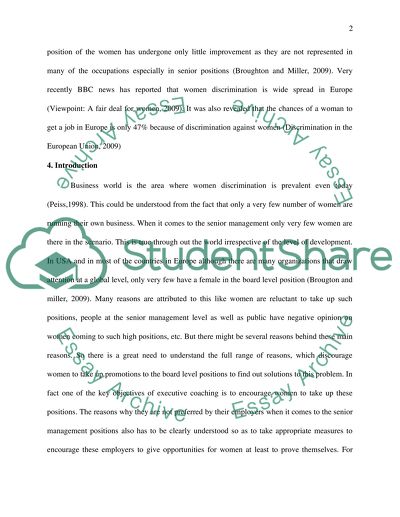Cite this document
(Women Discrimination in the European Business World Research Proposal, n.d.)
Women Discrimination in the European Business World Research Proposal. Retrieved from https://studentshare.org/gender-sexual-studies/1500249-women-discrimination-in-business-world
Women Discrimination in the European Business World Research Proposal. Retrieved from https://studentshare.org/gender-sexual-studies/1500249-women-discrimination-in-business-world
(Women Discrimination in the European Business World Research Proposal)
Women Discrimination in the European Business World Research Proposal. https://studentshare.org/gender-sexual-studies/1500249-women-discrimination-in-business-world.
Women Discrimination in the European Business World Research Proposal. https://studentshare.org/gender-sexual-studies/1500249-women-discrimination-in-business-world.
“Women Discrimination in the European Business World Research Proposal”, n.d. https://studentshare.org/gender-sexual-studies/1500249-women-discrimination-in-business-world.


